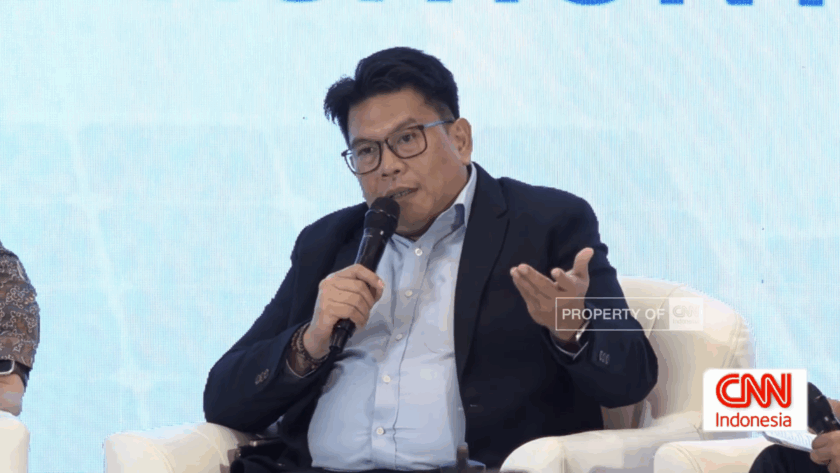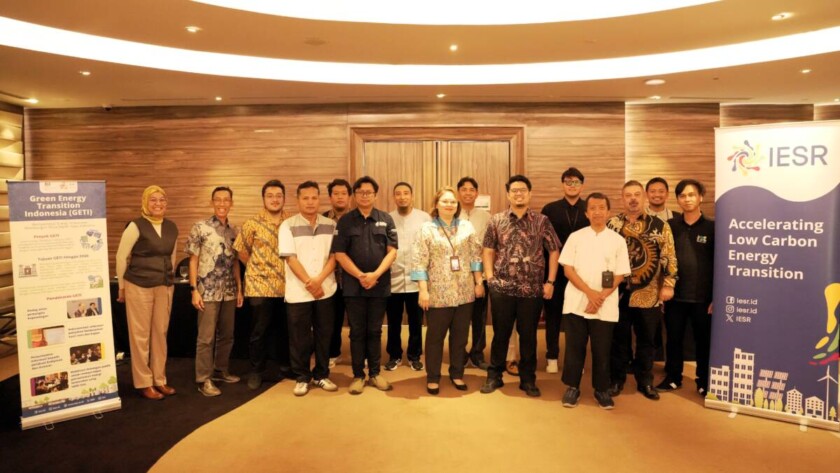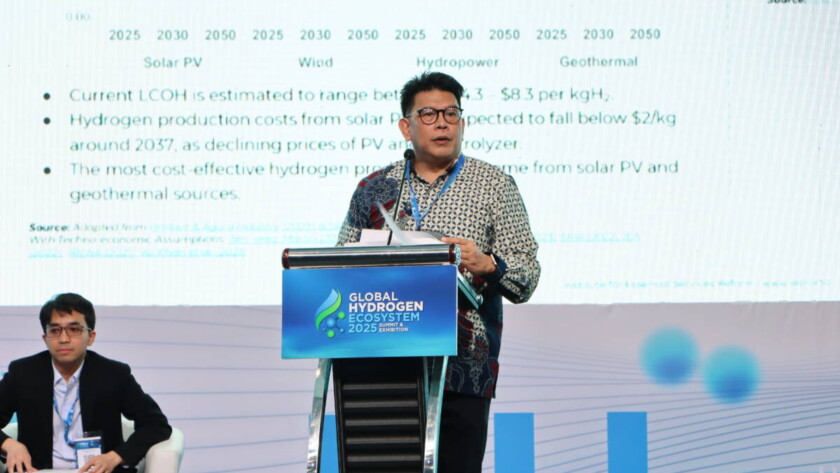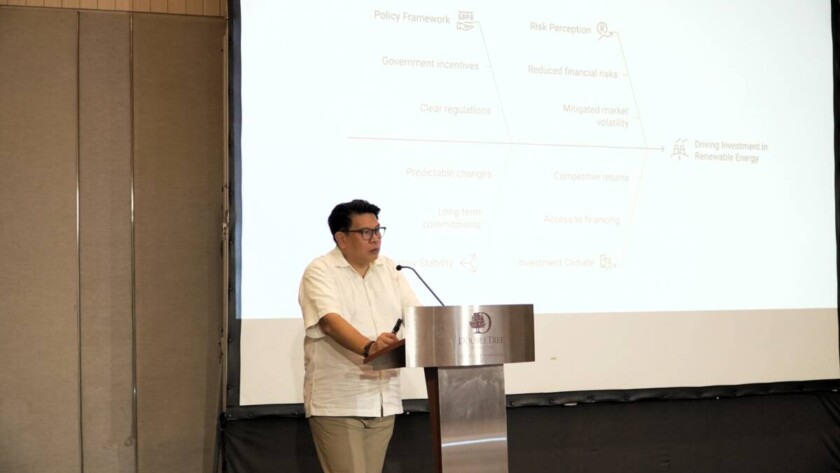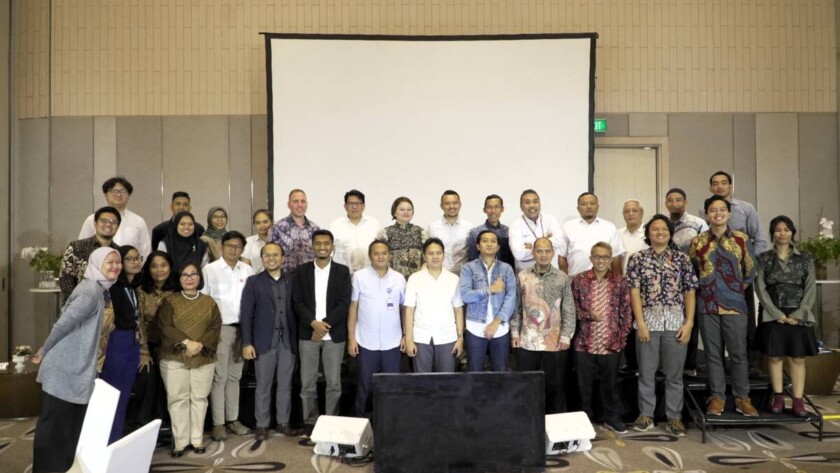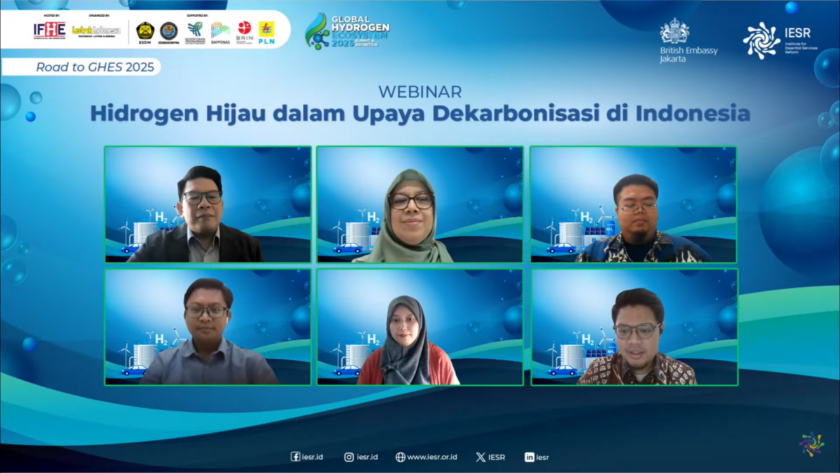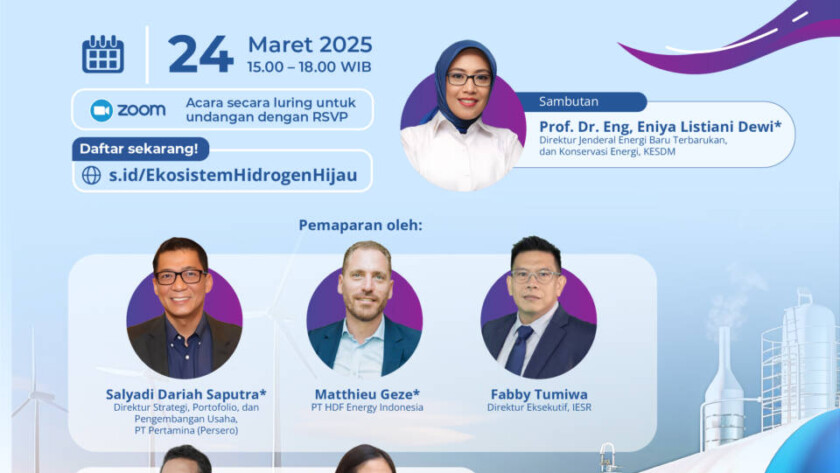Jakarta, October 13, 2025 - Green hydrogen is a potential solution in the global energy transition from fossil fuels to renewable energy. However, green hydrogen is not yet widely used worldwide due to its limited production. Fabby Tumiwa, Chief Executive Officer (CEO) of the Institute for Essential Services Reform (IESR), explained that of the total…
